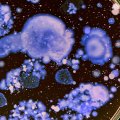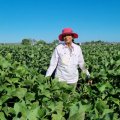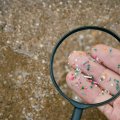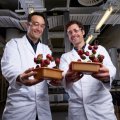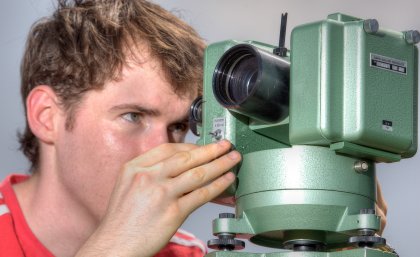
A University of Queensland student has tackled South East Queensland’s fierce and unpredictable summer storms to improve thunderstorm forecasting.
Geographical Sciences PhD student Joshua Soderholm headed into 17 storms over the past two months to explore the collisions between thunderstorms and sea breezes.
His work features in the latest edition of UQ News TV.
“Thunderstorm-sea breeze collisions have resulted in some of the most dangerous and damaging storms, including the 1973 Brisbane tornado, a 1985 Brisbane hail storm, a 1989 Redcliffe supercell, and The Gap supercell in November 2008,” he said.
“The aim of this project is to provide the South East Queensland public with more accurate warnings about thunderstorms.”
The research team went into the field when stormy weather was forecast and deployed weather stations, weather balloons and a laser analysis tool directly into the path of the storms.
The equipment was used to identify thunderstorms which collided with the sea breeze and to monitor how they changed throughout the interaction.
“We saw a broad spectrum of thunderstorm systems interacting with the sea breeze, including severe supercells, gusting squall lines and multicell storms,” said Mr Soderholm.
“Spatial analysis showed that most thunderstorm-sea breeze collisions occurred around the Ipswich region and the south-western suburbs of Brisbane.
“The diversity of interactions exceeded our expectations and provided useful information for refining our strategy and target storm types for when we go out again in the 2014-2015 storm season.
“In the meantime we will be analysing the data we’ve collected and looking at how it can be used to provide earlier and more accurate storm warnings.”
The researchers are planning ahead for the next storm season when they will use mobile Doppler weather radar and the world leading CP-2 radar operated by the Centre for Australian Weather and Climate Research.
“We have a laboratory the size of South East Queensland to work in, chasing unpredictable and often unexpected thunderstorms,” said Mr Soderholm.
“This equipment will allow us to collect data on a greater number of thunderstorm-sea breeze interactions which can then be used to improve thunderstorm forecasting in coastal communities.”
Mr Soderholm’s research has been featured on the 7.30 Report, local and national ABC radio, and in the Gold Coast Bulletin.
Media: Joshua Soderholm, PH: 0403 800 655, E: j.soderholm@uq.edu.au; Engagement Officer Aimee Parker, (07) 3346 1629, a.parker3@uq.edu.au
.jpg)


